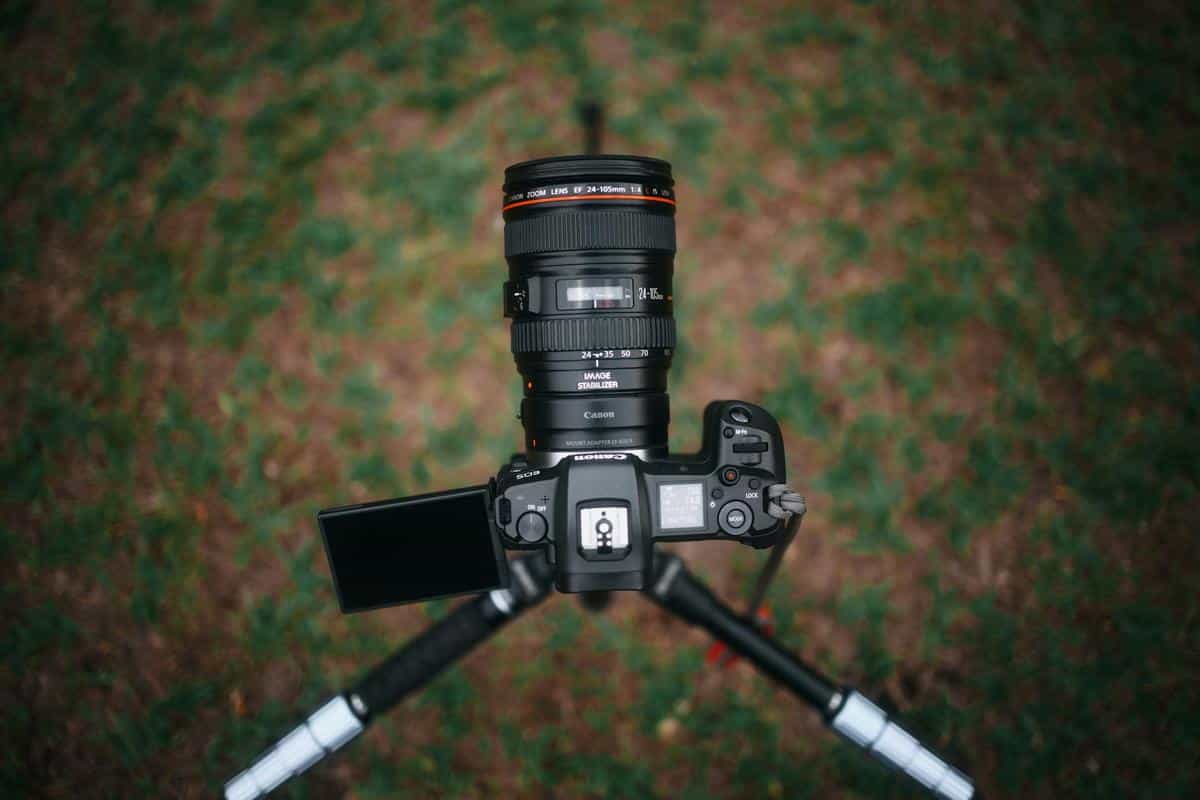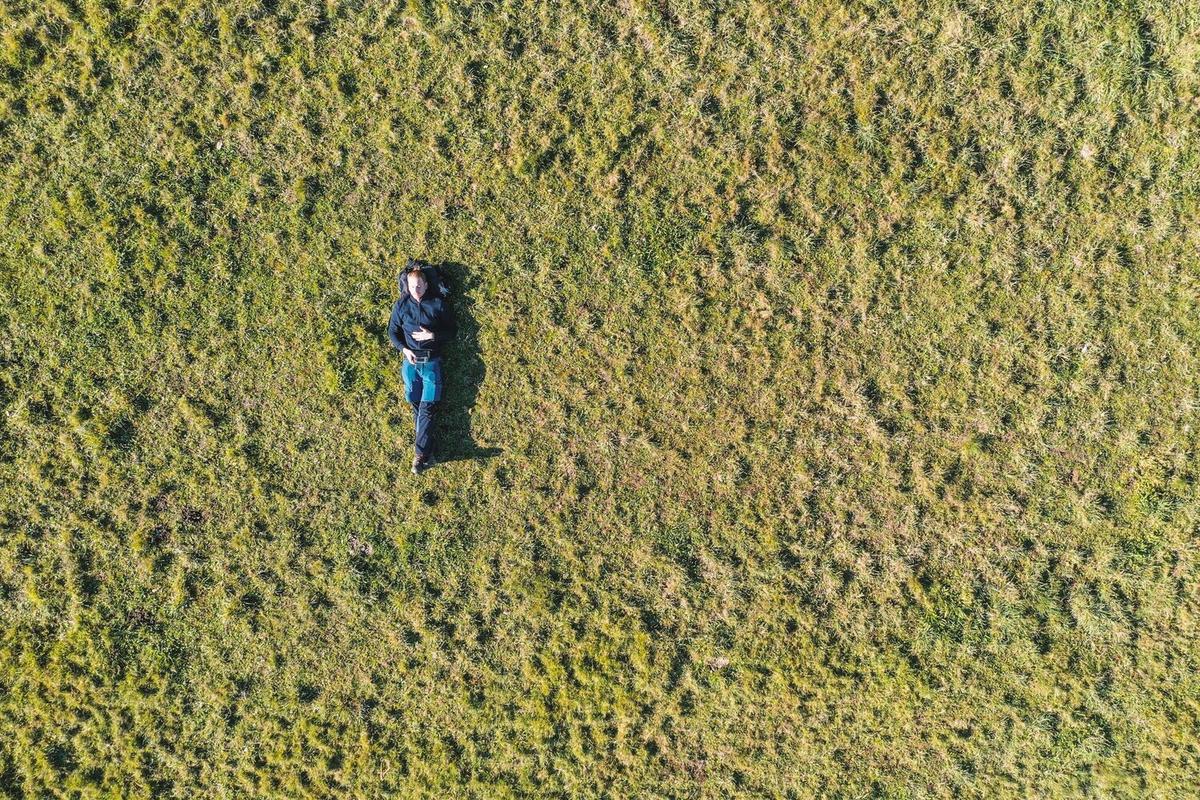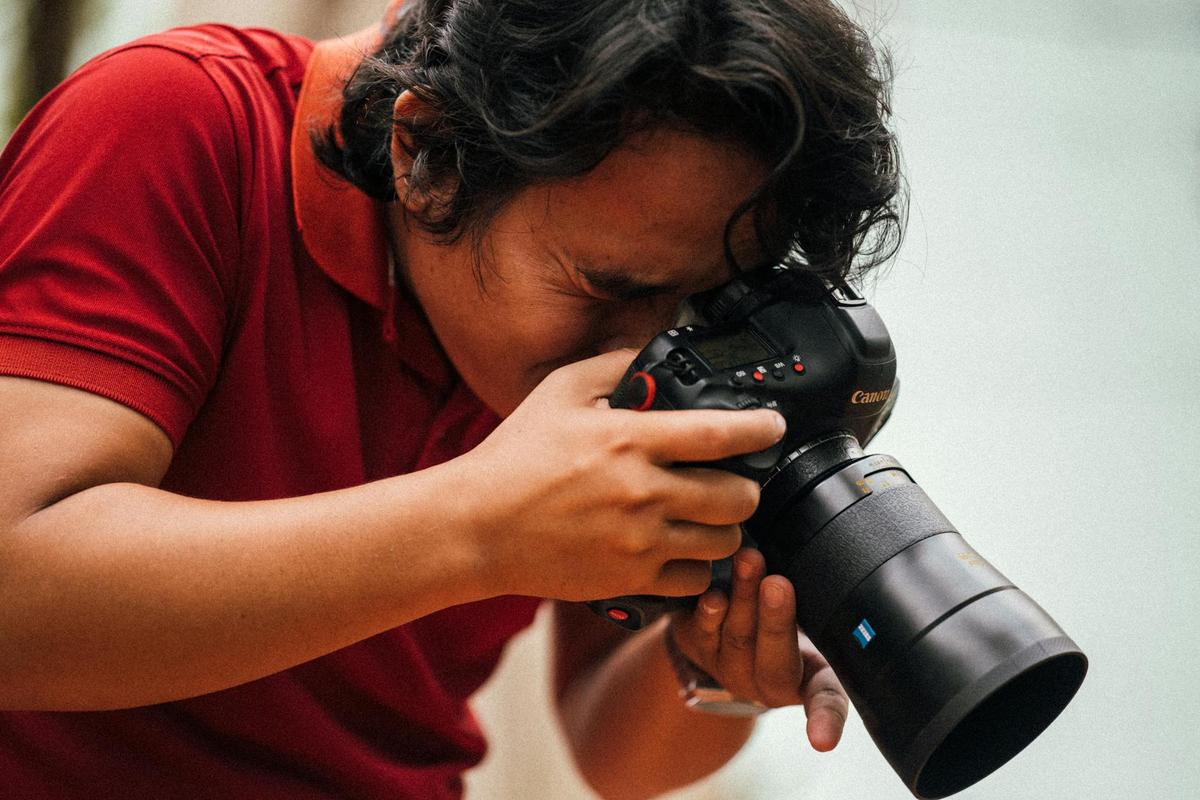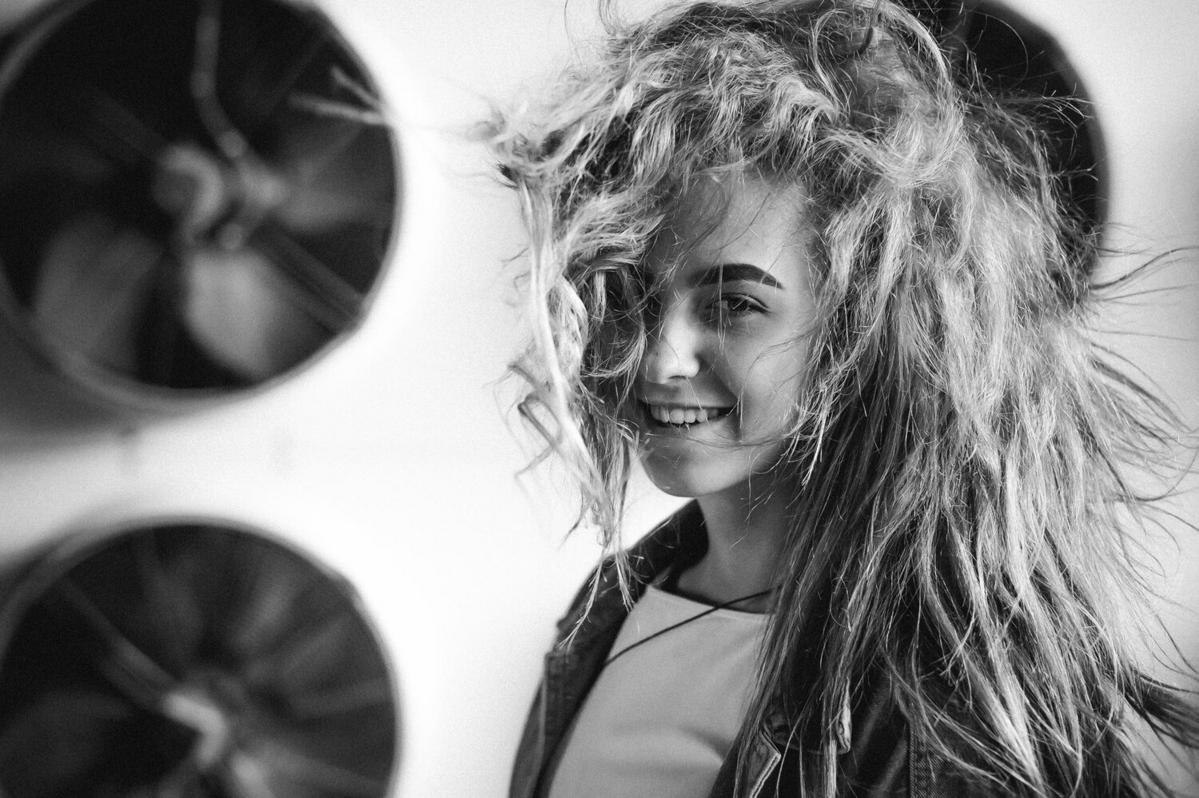
How to Choose the Right Tripod for Your Needs
Choosing the right tripod is an essential step in enhancing your photography skills, yet it can often feel overwhelming given the multitude of options available. Whether you’re a seasoned photographer or just starting out, understanding what to look for in a tripod can make a significant difference in your shooting experience.
Tripods are crucial for ensuring stability and precision in your photography, especially in low-light conditions, long exposures, or when using heavier equipment. But how do you choose the right one? Let’s delve into the key factors to consider.
Understanding Your Needs
Before diving into the technical aspects, it’s important to define what you need from a tripod. Are you looking to capture landscapes, portraits, or macro photography? Each type of photography might require different tripod characteristics.
Weight and Portability
For photographers who travel frequently, portability is key. Lightweight tripods made of carbon fiber can be easier to carry around, though they may come at a higher price. On the other hand, aluminum tripods are generally more affordable and stable, albeit heavier.
According to a study by Photographic Society of America, 60% of photographers prefer carbon fiber tripods for their combination of strength and low weight.
Load Capacity
Ensure the tripod you choose can support the weight of your camera and any additional equipment like lenses or flashes. A tripod should comfortably handle the weight of your gear to avoid any stability issues.
Height
Consider both the maximum and minimum height of the tripod. A tripod that can extend to your eye level without using a center column offers better stability. Also, consider how low the tripod can go for macro photography needs.
Features to Look For
When selecting a tripod, here are some features that might be beneficial:
- Quick-release system: Allows for fast attachment and detachment of the camera.
- Adjustable legs: Look for tripods with legs that can be set at different angles for better versatility.
- Center column hook: Provides extra stability by allowing you to hang additional weight.
Invest in a tripod with a spirit level to ensure perfectly aligned shots, especially useful in landscape photography.
Comparison Table
| Feature | Carbon Fiber | Aluminum |
|---|---|---|
| Weight | Light | Heavy |
| Price | Higher | Lower |
| Stability | High | Very High |
| Portability | Excellent | Good |
| Durability | High | Moderate |
| Load Capacity | Varies | Varies |
| Weather Resistance | Better | Good |
| Vibration Dampening | Excellent | Good |
Actionable Tips
- Test the tripod with your camera in-store if possible to see how it handles your equipment.
- Check online reviews and ratings to gauge user satisfaction and potential issues.
- Consider future upgrades to your camera gear, ensuring your tripod can accommodate those changes.
Frequently Asked Questions
What is the importance of a tripod in photography?
A tripod provides stability for your camera, allowing for sharper images, especially in low-light conditions or when using slow shutter speeds.
Can I use a tripod for video recording?
Yes, many tripods are suitable for video recording, but ensure it has a fluid head for smooth panning and tilting.
How much should I spend on a tripod?
The price depends on your needs and budget. Investing in a quality tripod can enhance your photography experience significantly.
Conclusion
Choosing the right tripod involves considering your specific photography needs, balancing factors like weight, stability, and features. By understanding these elements, you can make an informed decision that enhances your photographic endeavors. Take the time to research and test potential options, and you’ll find a tripod that becomes an invaluable tool in your photography toolkit.


